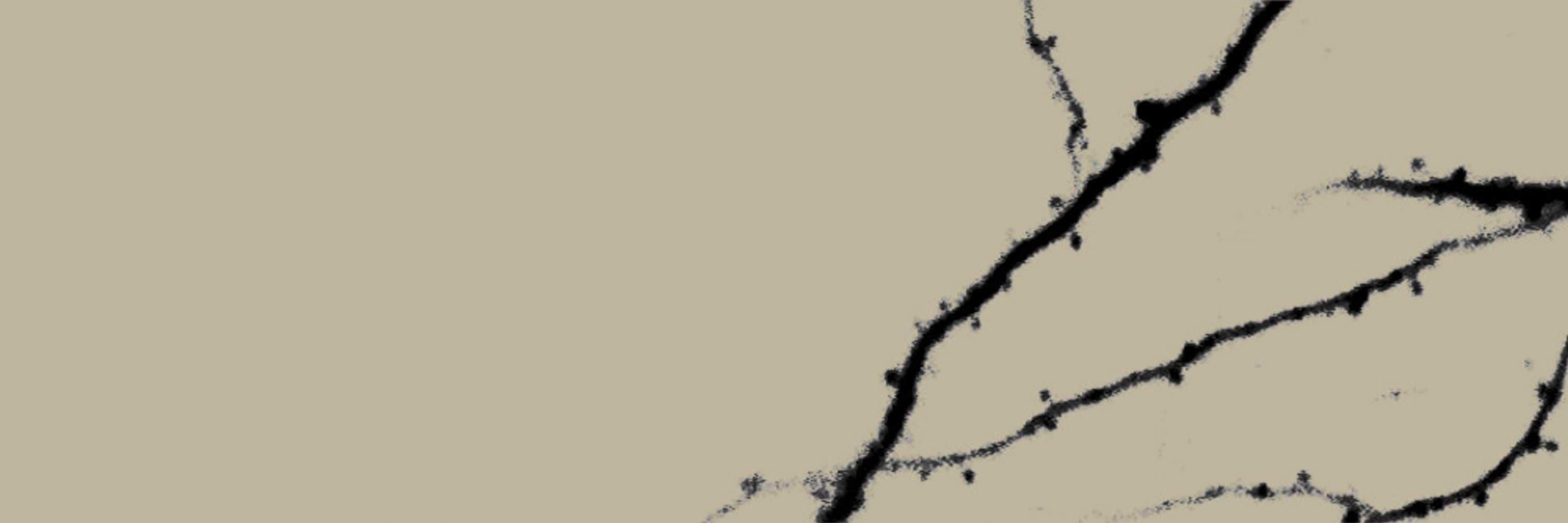
https://alexkwanlab.org
There are few cross-species tasks for autism, and I think this may be one.
3/6

There are few cross-species tasks for autism, and I think this may be one.
3/6
This defect was present in the live brain, which extends previous studies that came from brain slices.
2/6

This defect was present in the live brain, which extends previous studies that came from brain slices.
2/6
Mon AM posters:
LBP182 - Psilocybin and layer 1 interneurons
LBP183 - Psilocybin in chronic stress model
LBP184 - Drugs + snRNAseq
Tue PM posters:
LL18 - Psilocybin and pyramidal cell types
MM3 - Drugs + rabies tracing

Mon AM posters:
LBP182 - Psilocybin and layer 1 interneurons
LBP183 - Psilocybin in chronic stress model
LBP184 - Drugs + snRNAseq
Tue PM posters:
LL18 - Psilocybin and pyramidal cell types
MM3 - Drugs + rabies tracing
Picked 🔵 because it reminds me of our #ChR2 optotagging experiments 🤓🧪

Picked 🔵 because it reminds me of our #ChR2 optotagging experiments 🤓🧪
This tenure-track faculty position is a great opportunity to join a vibrant community that values research, teaching, and entrepreneurship.
📝 academicjobsonline.org/ajo/jobs/30816

This tenure-track faculty position is a great opportunity to join a vibrant community that values research, teaching, and entrepreneurship.
📝 academicjobsonline.org/ajo/jobs/30816


Lucas showed a new VR task combining evidence accumulation and delay-match-to-sample. Mice did the task using near-orthogonal coding scheme across cortical regions
👉 www.biorxiv.org/content/10.1...

Lucas showed a new VR task combining evidence accumulation and delay-match-to-sample. Mice did the task using near-orthogonal coding scheme across cortical regions
👉 www.biorxiv.org/content/10.1...
A treat for me to be a student again this semester. 📚

A treat for me to be a student again this semester. 📚
“The ABCs of Psychedelics: A Preclinical Roadmap for Drug Discovery” with John McCorvy and @jmantsch.bsky.social
www.cell.com/trends/pharm...

“The ABCs of Psychedelics: A Preclinical Roadmap for Drug Discovery” with John McCorvy and @jmantsch.bsky.social
www.cell.com/trends/pharm...
With help from collaborators at UC Irvine, CUHK 🇭🇰, and @alleninstitute.org, and support from @onemindorg.bsky.social and NIMH.
12/12
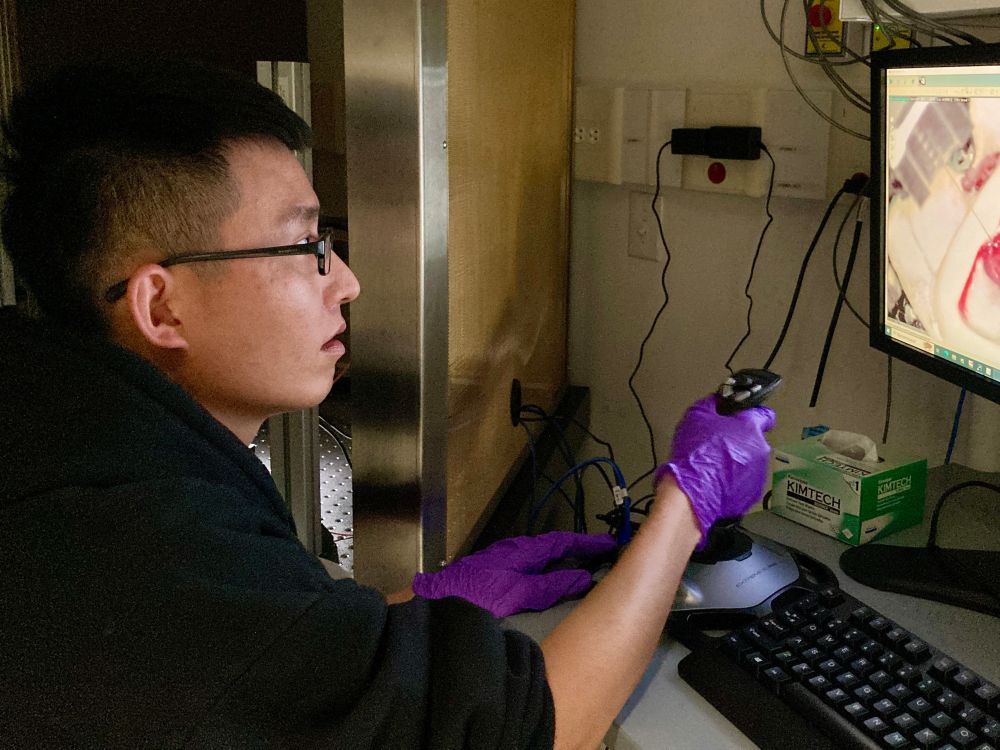
With help from collaborators at UC Irvine, CUHK 🇭🇰, and @alleninstitute.org, and support from @onemindorg.bsky.social and NIMH.
12/12
11/12

11/12
1) Psilocybin induces network-specific plasticity.
There was strengthened routing of inputs from RSP (mouse homolog of default mode network) and perceptual regions to subcortical targets. Meanwhile, inputs that are part of cortico-cortical loops were weakened.
10/12
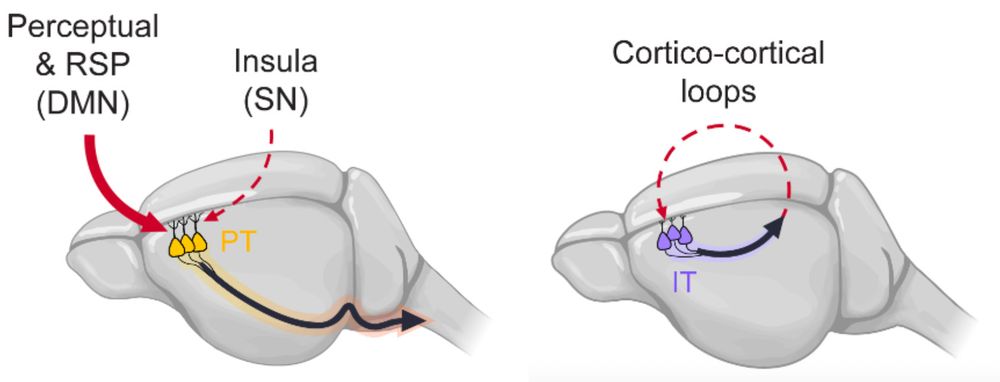
1) Psilocybin induces network-specific plasticity.
There was strengthened routing of inputs from RSP (mouse homolog of default mode network) and perceptual regions to subcortical targets. Meanwhile, inputs that are part of cortico-cortical loops were weakened.
10/12
We show this is possible - chemogenetic silencing of RSP disrupted psilocybin’s ability to strengthen those inputs.
9/12
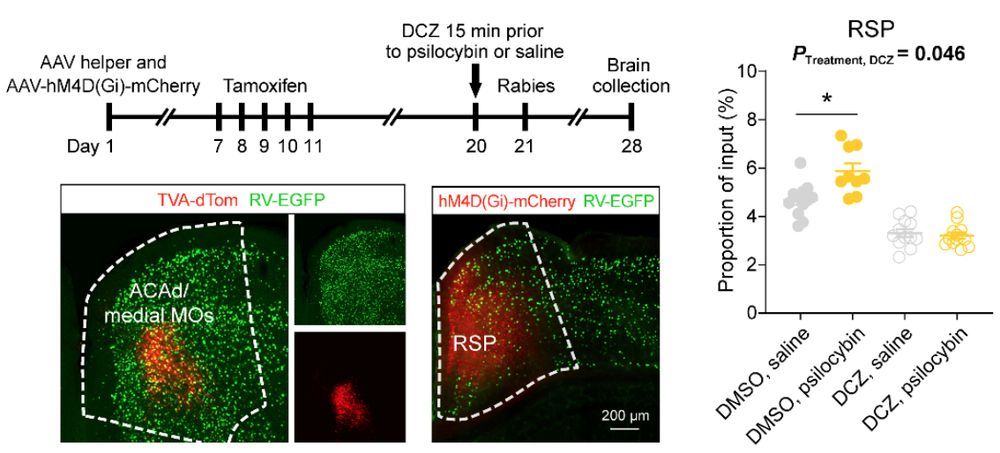
We show this is possible - chemogenetic silencing of RSP disrupted psilocybin’s ability to strengthen those inputs.
9/12
Neuropixels recording confirms that indeed RSP neurons that project to frontal cortex fire more in response to psilocybin.
8/12

Neuropixels recording confirms that indeed RSP neurons that project to frontal cortex fire more in response to psilocybin.
8/12
One clue came from whole-brain c-Fos mapping, which correlated well with the input changes, suggesting neural activity in the presynaptic regions may play a role.
7/12

One clue came from whole-brain c-Fos mapping, which correlated well with the input changes, suggesting neural activity in the presynaptic regions may play a role.
7/12
6/12
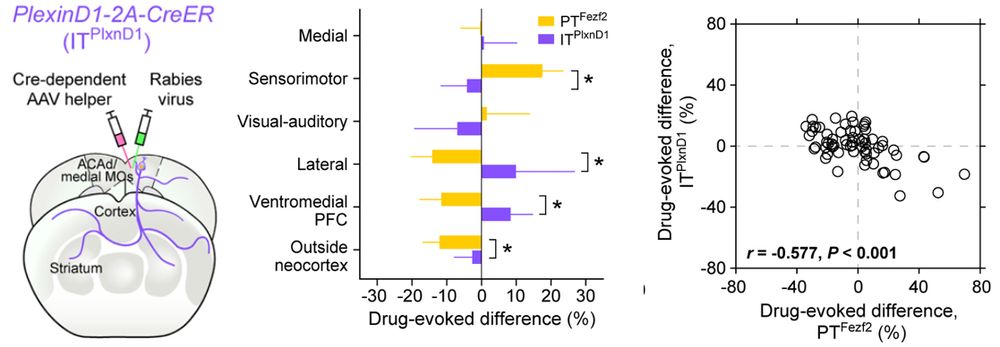
6/12
5/12
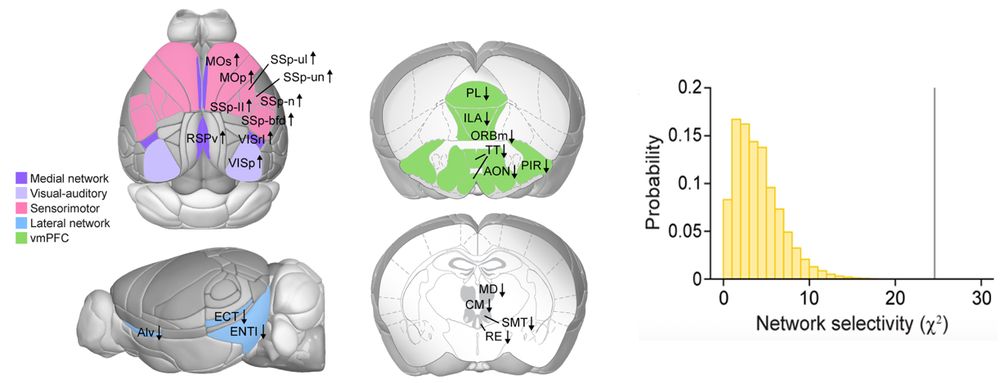
5/12
Surprisingly, tracing from PT pyramidal cells, our results show more widespread changes with inputs from many regions altered after psilocybin administration.
4/12

Surprisingly, tracing from PT pyramidal cells, our results show more widespread changes with inputs from many regions altered after psilocybin administration.
4/12
The whole-brain images were beautiful!
🔴 starter cells. 🟢 input cells.
(early #FluorescenceFriday - my favoriate hashtag)
The whole-brain images were beautiful!
🔴 starter cells. 🟢 input cells.
(early #FluorescenceFriday - my favoriate hashtag)
In the grant proposal, this figure was exactly how I pitched to @onemindorg.bsky.social, who believed in the vision and provided the critical early support for the project.
2/12

In the grant proposal, this figure was exactly how I pitched to @onemindorg.bsky.social, who believed in the vision and provided the critical early support for the project.
2/12
#Psychedelics induce the formation of new synapses, but where do they connect?
Our rabies tracing study reveals that #psilocybin shifts connectivity across specific cortical networks.
www.biorxiv.org/content/10.1...
1/12

#Psychedelics induce the formation of new synapses, but where do they connect?
Our rabies tracing study reveals that #psilocybin shifts connectivity across specific cortical networks.
www.biorxiv.org/content/10.1...
1/12
There was a reply in the same year, suggesting nothing special about the blue color. The sample probably has psilocin as well. Similar to how psilocybe mushroom turns blue - here the brain tissue provides the enzymes needed for the blue to emerge.

There was a reply in the same year, suggesting nothing special about the blue color. The sample probably has psilocin as well. Similar to how psilocybe mushroom turns blue - here the brain tissue provides the enzymes needed for the blue to emerge.



